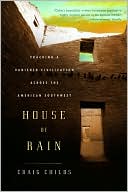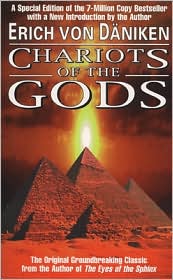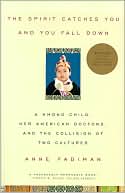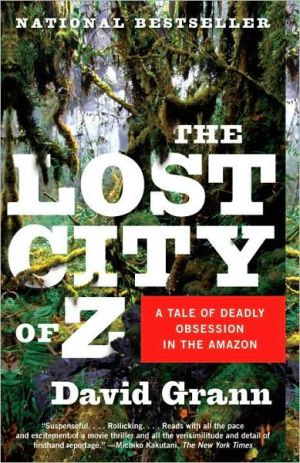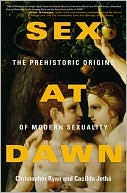House of Rain: Tracking a Vanished Civilization Across the American Southwest
Search in google:
The Greatest "Unsolved Mystery" of the American Southwest is the fate of the Anasazi, the native peoples who in the eleventh century converged on Chaco Canyon (in today's northwestern New Mexico) and built what has been called the Las Vegas of its day, a flourishing cultural center that attracted pilgrims from far and wide, a vital crossroads of the prehistoric world. The Anasazis' accomplishments-in agriculture, in art, in commerce, in architecture, and in engineering-were astounding, as remarkable in their way as those of Mayans in distant Central America. By the thirteenth century, however, the Anasazi were gone from the region surrounding Chaco. Vanished. What was it that brought about the rapid collapse of their civilization? Was it drought? pestilence? war? forced migration? mass murder or suicide? For many years conflicting theories have abounded. Craig Childs draws on the latest scholarly research, as well as on a lifetime of adventure and exploration in the most forbidding landscapes of the American Southwest , to shed new light on this compelling mystery. He takes us to the places where the Anasazi lived. Michelle Mittrach Garcia - Library Journal Childs (The Secret Knowledge of Water) guides readers on an enthralling journey across ancient trailways to the ruins of the Anasazi peoples, whose civilization spanned the Southwestern American desert from the 11th through the 13th centuries. Beginning at the monumental cultural center of Chaco Canyon, where the Anasazi flourished, Childs's quest to understand their apparent disappearance leads him to the numerous great houses of New Mexico, such as Pueblo Bonito, to the Four Corners area of northeastern Arizona, southern Colorado and Utah, and beyond to northern Mexico. In these places, he identifies features that had not appeared prior to the apparent abandonment of Chaco (thus implying that the Anasazi migrated to these areas). Childs vividly weaves his personal narrative, imbued with a deep respect for the geography and cultural landscape, with scientific research and numerous interactions with foremost scholars. Black-and-white photos and an extensive bibliography increase the book's value. Recommended for all collections in Southwestern and Native American studies.
